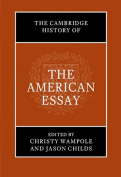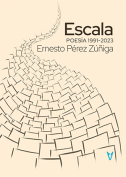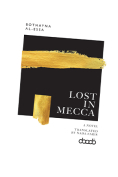There Are Rivers in the Sky by Elif Shafak
 New York. Knopf. 2024. 496 pages.
New York. Knopf. 2024. 496 pages.
From first page to last, this novel is colored by the water sign. It begins with a raindrop and ends with a flood. Any drop of water at all holds the secret of infinity, Elif Shafak tells us; water has memory, and rivers are especially good at remembering. The two rivers most prominently featured here are the Tigris and the Thames. Both of them are fed by various affluents, and many currents compose their flow. The same is true of this novel, which melds several different stories surging up from different times and places.
We meet Ashurbanipal, the last great king of Assyria, in his palace at Nineveh. That city, standing on the site of current-day Mosul, was, in the mid-seventh century bce, the largest and wealthiest in the world. We meet Arthur Smyth, born into poverty on the banks of the Thames in 1840, and destined to become the foremost Assyriologist of his generation. Narin is a young girl belonging to the Yazidi ethnic minority in Turkey, whose existence is rendered precarious both in her native country, due to government policy, and in Iraq, where she is kidnapped by militants of the Islamic State. Zaleekhah Clarke, finally, is a professor of hydrology in London. She specializes in underground urban rivers and defends the controversial theory of aquatic memory.
Other narrative currents flow here in full spate, most notably the Epic of Gilgamesh, which Ashurbanipal reads in his library, and which Arthur Smyth is the first westerner to decipher (like the real-life Assyriologist George Smith, upon whom he is based). Each character grapples in his or her own way with melancholy, a mood that saturates this novel both broadly and particularly, whether it is a question of a desperately oppressed people or of a desperately depressed individual.
Throughout, water survives and remembers. This is the fundamental lesson that Shafak seeks to convey in this fine novel, when she causes the very same droplet of water to fall as rain on Ashurbanipal’s head in Nineveh and to fall as a teardrop in London, two and a half millennia later.
Warren Motte
University of Colorado Boulder













































